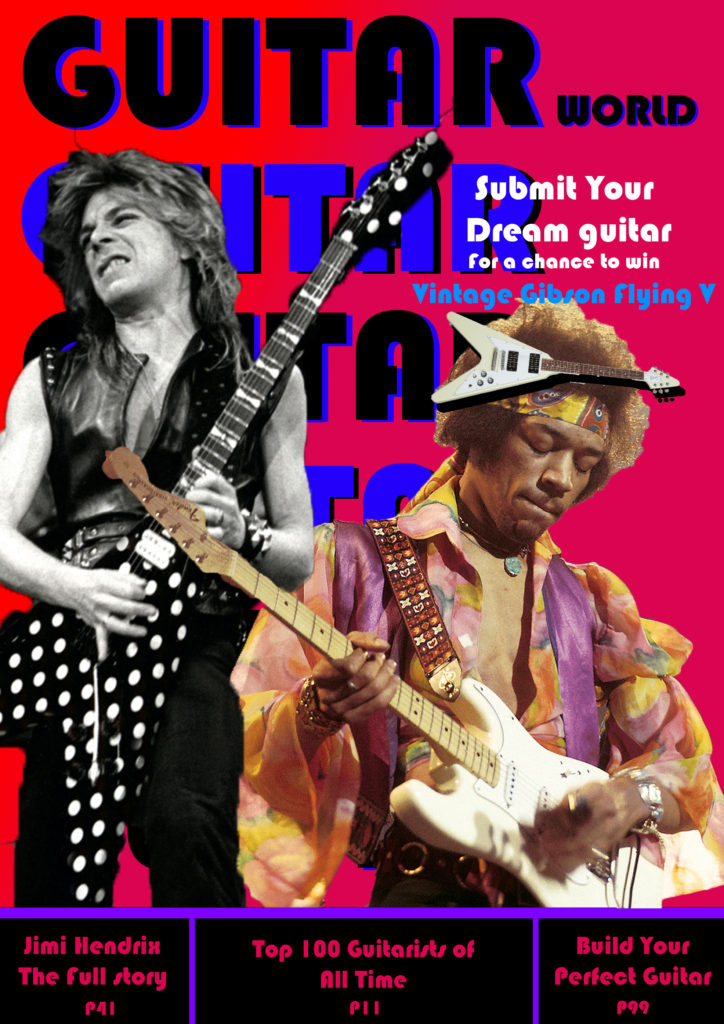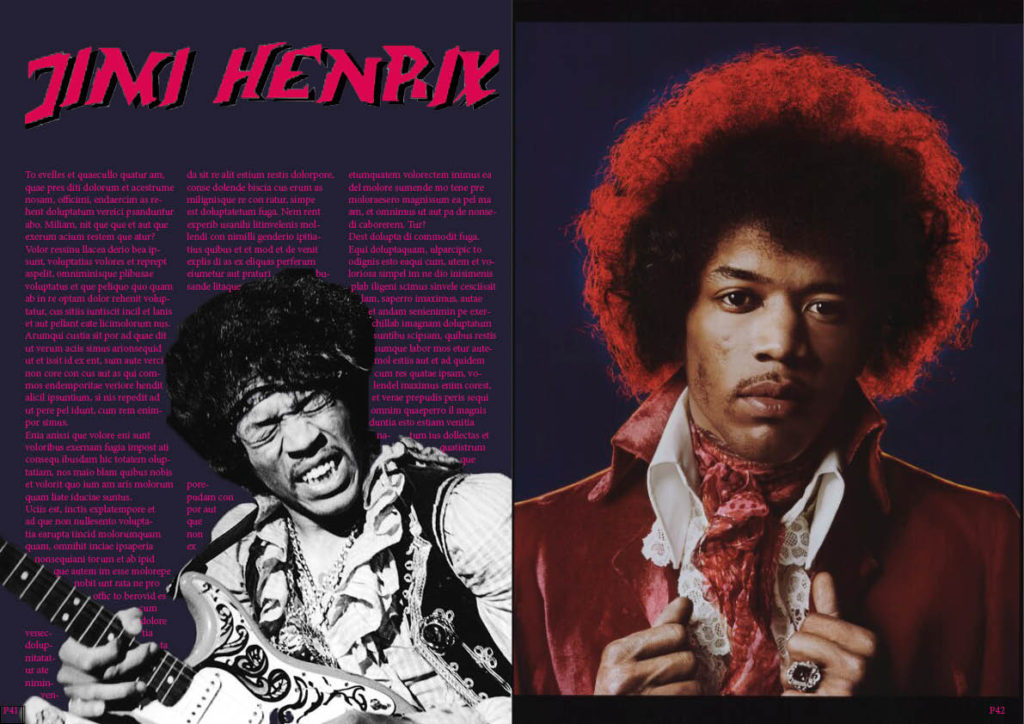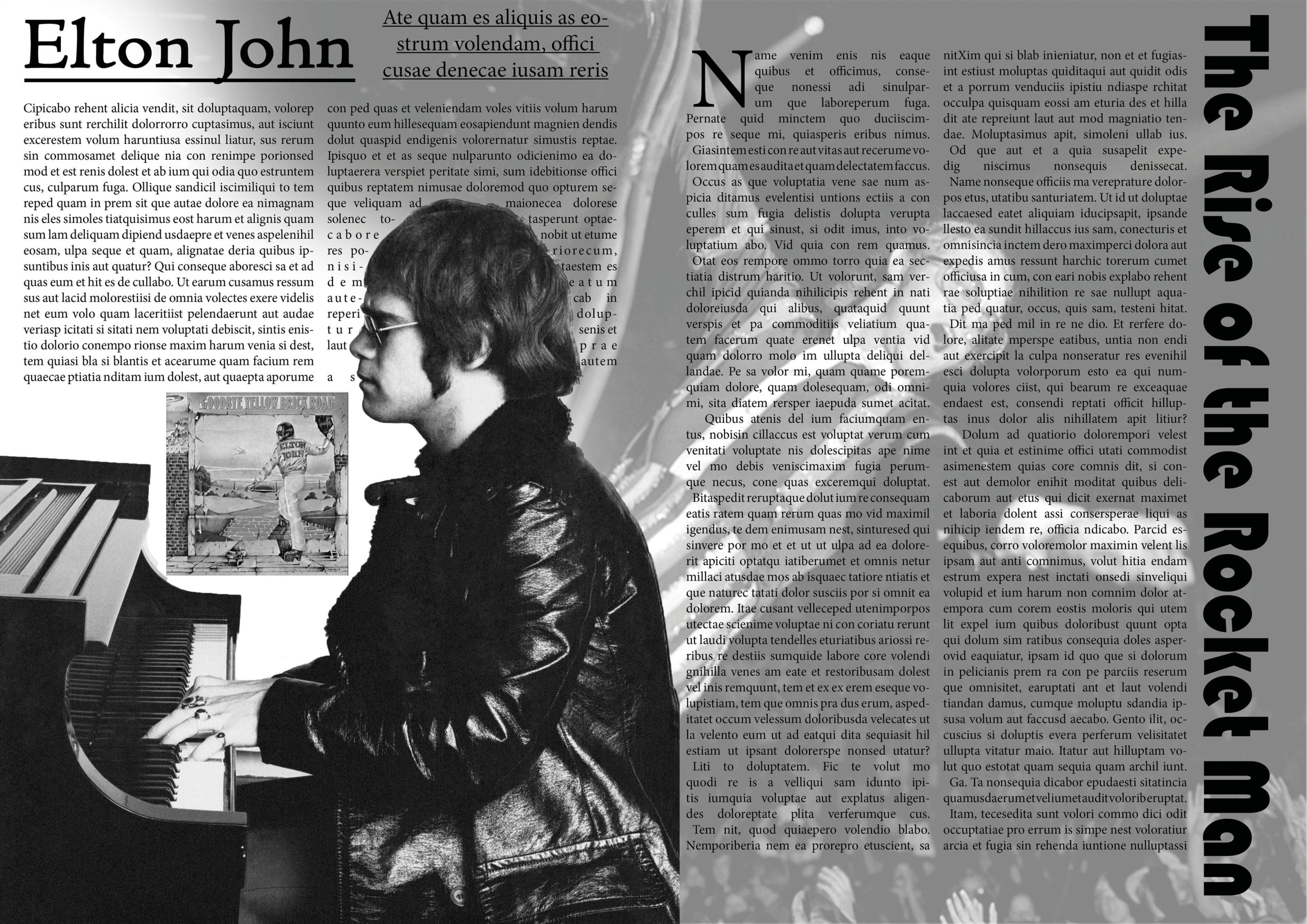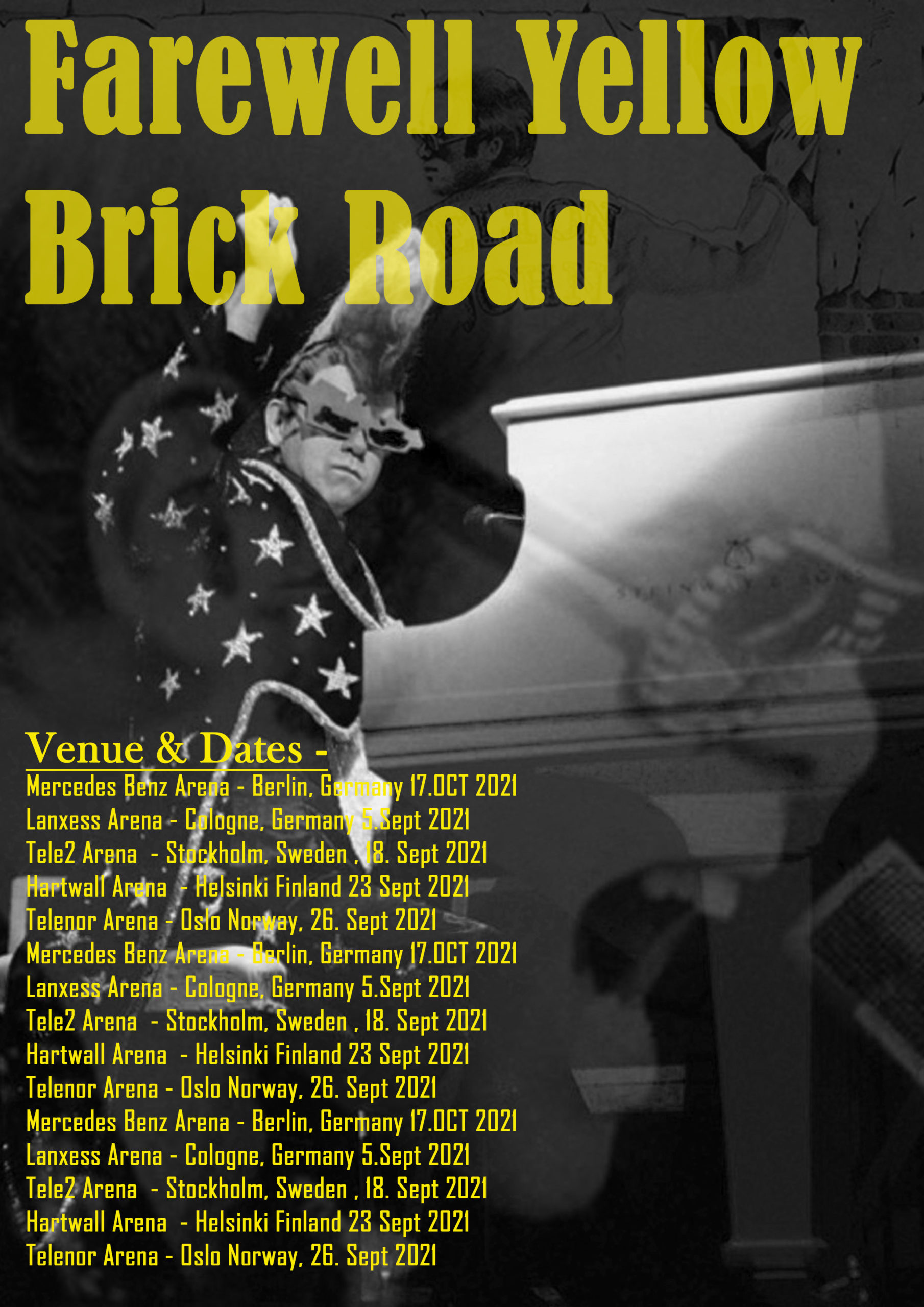
Double page






How useful are ideas about narrative in analysing music videos? Refer to the Close Study Products ‘Ghost Town’ and ‘Letter To The Free’
Narrative is defined as a spoken or written account of connected events. Narrative theories look at recognisable and familiar structures that help us to understand both how narratives are constructed and what they might mean. Some narratives may be linear and sequential, starting at the beginning with a clear middle and end. Whereas others may have flashbacks, flash forwards or even parallel narratives. In commons ‘Letter To The Free’ there are two strands running parallel through the video: narrative and performance. The narrative is the story that runs through the video, in this case it is the journey of the black box, and the performance element, when the artist sings to the camera. Roland Barthes identifies five different kinds of semiotic elements that are common to all texts. These five codes are Hermeneutic, Proairetic, Semantic, Symbolic, and Cultural. A hermeneutic code is a mystery within a text that is not immediately answered, in Common’s ‘letter to the free’ the black box is a hermeneutic code, we do not know the exact purpose of it and it is left to our imagination. There are also many cultural codes in this text, a cultural code refers to anything in the text which refers to an external body of knowledge such as scientific, historical, and cultural knowledge. This video and song was produced for the documentary ‘the 13th’ which is about racism, the abolition of slavery and mass incarceration. An example of a cultural code is the lyric ‘shot me with your raygun, now you’re trying to trump me’, this is referring to former and current republican presidents of the USA, Ronald Raegan and Donald Trump. In Ghost town by the specials there are also many cultural codes, the video was produced just after Margret Thatcher was elected as prime minister. Interest rates and taxes were put up which reduced the inflation, this caused one million people to become unemployed between 1980 and 1981. It hit the African-Carribean community the most, the racial tension and the slim chance of landing a job caused many riots in the streets. This is demonstrated in the lyrics of their songs ‘Government leaving the youth on the shelf, This place, is coming like a ghost town’.



IN-DESIGN NOTES
Text wrapping = Window/ Text Wrap/ Shape around Object/ Alpha channel
Text Columns = Highlight Text/ Text Frame Options/ Number 2/ Gutter Low/ Width High
Insert Image = File/ Place
Text Indent = Top right of page

Red = Theoretical ideas (MC)
In a world of concentrated wealth and major conflicts of class interest, to fulfil this role requires systematic propaganda.
Blue = Other theorists/ quotes (Currna&Seaton)
The eclipse of the national radical press was so total that when the Labour Party developed out of the working-class movement in the first decade of the twentieth century, it did not obtain the exclusive backing of a signal national daily or sunday newspaper.
Yellow = Political
In countries where the levers of power are in the hands of a state bureaucracy, the monopolistic control over the media, often supplemented by official censorship, makes it clear that the media serve the ends of a dominant elite.
Orange = Institutional
Green = Definitions
Judith Butler describes gender as “an identity instituted through a stylized repetition of acts”. In other words it is something learnt through repeated performance.
How useful is this idea in understanding how gender is represented in Music Videos?
Refer in detail to your chosen style models
Style models:
High on gender representation:
Mono no Aware on gender representation:
Judith Butler describes gender as “an identity instituted through a stylized repetition of acts”. In other words it is something learnt through repeated performance.
How useful is this idea in understanding how gender is represented in Music Videos?
Judith Butler’s statement on identity can be applied to many different music videos in order to understand gender representation. For example, in High, the identity of the main character can be explained through Lecan’s Mirror theory, where the self is explored through the ‘other’. This can be seen where the main character is seen through two sets of shots: a series of colour shots where the main character is alone and a series of shots where the main character is surrounded by others. In the colour shots, the main character can be observed to be deeply upset about their situation. In the shots where he is surrounded by friends, however, he can be observed seeing them in the same situation as him with the same sadness that he has. Lecan’s mirror theory can be used as the main character, with his friends, identifies with their situation – seeing them as the ‘other’ and proceeding to copy their behavior as the main character has a shared solidarity with the others. This links to Judith Butler’s statement on gender identity as the main character copies the behavior of the others the more they are exposed to the behavior the others exhibit.
It should also be mentioned that the behavior and ultimately their shared identities copied is situational – The characters appear to be in a desperate situation, showing utter recklessness as they have little to lose. This recklessness can be associated with masculine identity as masculinity as seen as a more active identity rather than passive. This repetition of masculinity through the main character and their friends leads to a more solid identity of masculinity forming. On the other side of that, Mono no Aware focuses on the opposite. Mono no Aware focuses on the theme of isolation, with the main character alone in a cold country. Mono no Aware explores the idea of fractured identity, with the main character left unrepresented (there is a lack of the ‘other’). This lack of representation leads to a lack of behavior to learn and ultimately a lack of solid gender identity. The song (Mono no Aware) does not have any lyrics, relating to the idea of passivity which can be linked to femininity. This can be linked to gender stereotypes as the main character is a woman and therefore would fall under that stereotype.
In conclusion, Judith Butler’s statement on how gender is “an identity instituted through a stylized repetition of acts” Is partially true as gender identity ultimately relies on representation within media. Stereotypes are forged which create solid ‘rules’ for how gender is represented. Gender is represented through media through these rules. These acts are then repeated through the media, creating a concrete set of ‘rules’ for gender identity.